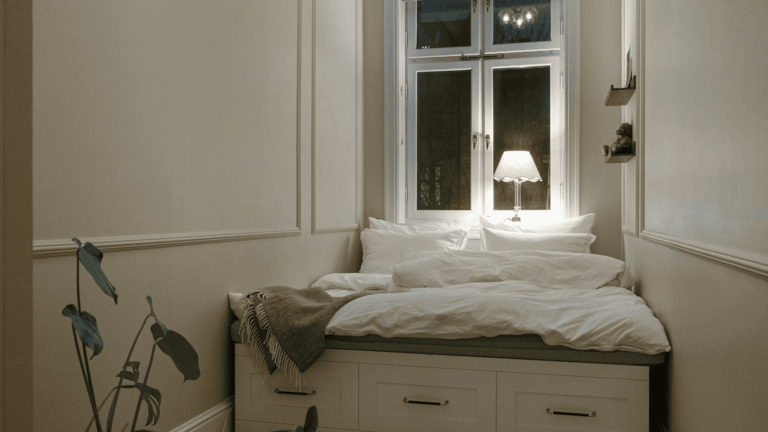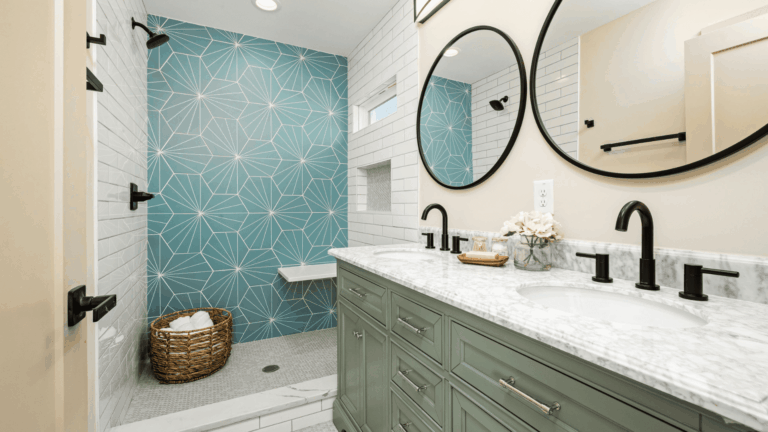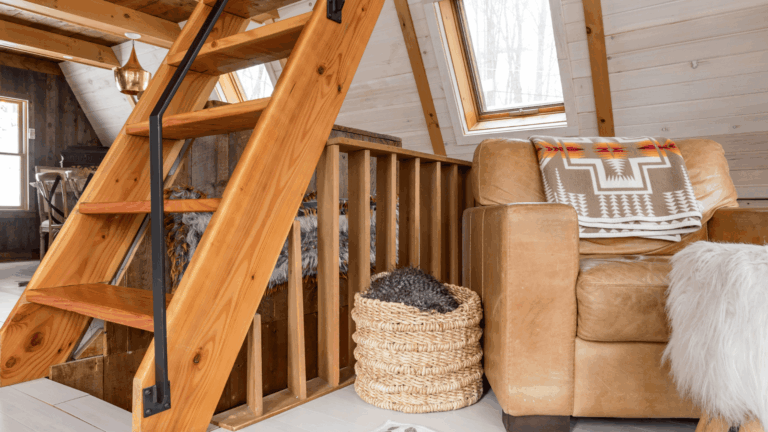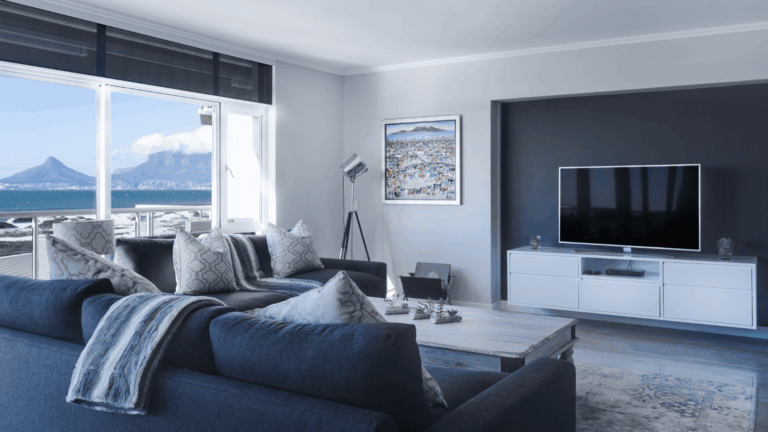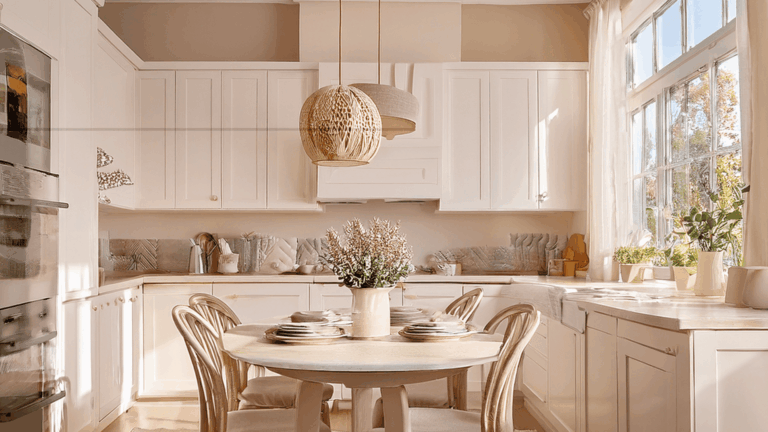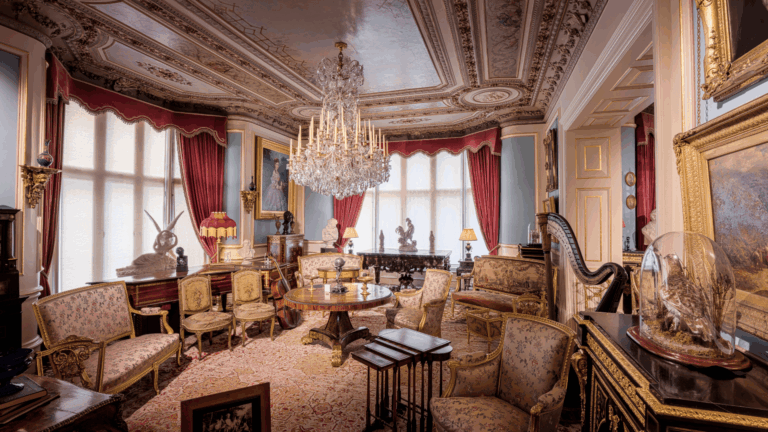10 Stunning Ways Sliding Barn Door Interiors Elevate Your Home Design
Discover how Sliding Barn Door Interiors transform modern homes with elegance, efficiency, and character. Learn expert design, installation, and styling ideas to elevate your interior effortlessly.
Introduction to Sliding Barn Door Interiors
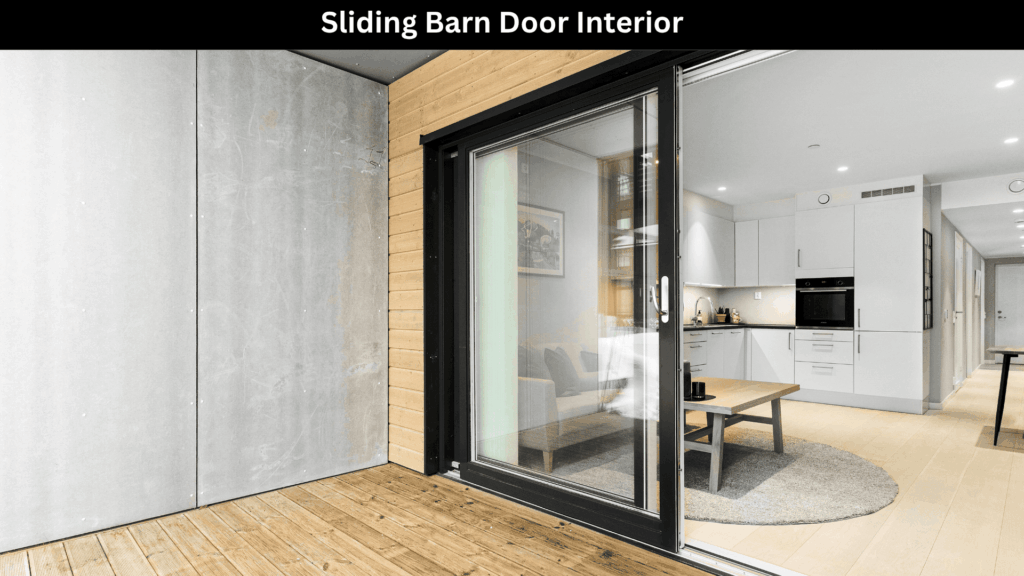
Once used exclusively in rural barns, sliding barn doors have become a beloved design feature in modern homes. They offer a perfect balance between rustic charm and contemporary functionality. The Sliding Barn Door Interior trend emerged as homeowners began embracing the idea of open yet defined spaces—where flexibility meets sophistication.
Unlike traditional hinged doors, sliding barn doors move horizontally along a track, saving valuable floor space while introducing a striking focal point. They blend seamlessly into various design styles, from farmhouse to industrial, and add texture, contrast, and warmth to any room.
The appeal lies not just in their aesthetics but also in their versatility. Whether it’s used as a room divider, a statement entry, or even a creative wall accent, a sliding barn door creates a sense of flow and dimension that traditional doors can’t match. Today, they’re a hallmark of innovative design and timeless beauty.
The Anatomy of a Sliding Barn Door System

Before diving into design inspirations, it’s essential to understand what makes a barn door system function smoothly. Every component plays a crucial role in both form and performance.
Key components include:
- Track system: Usually made of steel or aluminum, it supports and guides the door as it slides.
- Rollers: Attached to the door’s top edge, rollers ensure effortless movement.
- Handles and pulls: Decorative yet functional, they add style and accessibility.
- Door slabs: The main door panel, available in wood, glass, or composite materials.
You can choose between single and double sliding setups. Single doors suit compact spaces, while double barn doors create grand entrances for large rooms.
Material selection also influences the overall design. Reclaimed wood adds warmth and authenticity; frosted glass provides privacy without blocking light; and metal frames give an industrial edge.
Understanding the anatomy helps you make informed choices for performance, style, and longevity.
Choosing the Right Barn Door Style for Your Interior
Style is where personality meets practicality. The beauty of a Sliding Barn Door Interior is that it adapts effortlessly to any décor.
- Rustic charm: Opt for reclaimed pine, oak, or cedar with visible knots and grains. Pair it with black hardware for a farmhouse vibe.
- Modern minimalism: Choose sleek glass or panel doors with concealed tracks. Neutral tones and brushed steel complement contemporary designs.
- Industrial & vintage: A mix of weathered metal and dark wood evokes an old-world factory appeal.
- Transitional design: Combine rustic textures with polished finishes for a balanced, timeless aesthetic.
Your interior’s architectural style should guide your door choice. For example, a clean white barn door fits Scandinavian interiors, while a dark-stained wooden door enriches classic spaces.
Space-Saving Benefits of Sliding Barn Doors
One of the biggest advantages of a barn door is its space-saving functionality. Unlike swinging doors, which require clearance to open, sliding doors glide parallel to the wall.
This feature makes them ideal for:
- Small apartments or studio lofts where space is premium.
- Narrow hallways or closets that can’t accommodate door swings.
- Bathroom entrances or pantries, enhancing accessibility.
A standard hinged door can consume 8–10 square feet of usable space—space you regain instantly with a sliding system. Beyond efficiency, they add openness and improve flow, making even compact interiors feel more expansive.
In open-concept homes, barn doors serve as stylish partitions, maintaining connectivity without compromising privacy.
Interior Design Applications and Room Placement Ideas

The adaptability of barn doors allows them to blend into nearly every room.
Living Rooms
Use them as movable walls between living and dining areas. A reclaimed wood door adds character and warmth, while a glass-panel model ensures visual continuity.
Bedrooms
Barn doors make elegant entrances to master suites or walk-in closets. Opt for sound-insulating materials for enhanced privacy.
Bathrooms
Space-conscious homeowners love using frosted or opaque glass barn doors for modern bathrooms.
Home Offices
Perfect for creating quiet work zones without constructing permanent walls.
Kitchens & Pantries
A sliding barn door conceals clutter stylishly, and chalkboard panels can double as message boards.
The possibilities are endless—each placement introduces both function and flair.
Color, Texture, and Finish Selection Tips
Choosing the right finish transforms your barn door from functional to fabulous.
Color coordination tips:
- Light tones (white, beige, pale gray) enhance airiness in compact rooms.
- Bold hues (navy, black, deep green) create dramatic contrast in minimalist spaces.
- Natural wood finishes retain warmth and authenticity.
Trending finishes include:
- Distressed or weathered textures for rustic interiors.
- Matte black hardware for industrial spaces.
- Polished metal for urban-modern appeal.
Balance is key—your door should either blend harmoniously or stand out as a design statement, not clash with existing décor.
DIY vs. Professional Installation: What You Should Know
Installing a Sliding Barn Door Interior may seem simple, but precision is critical.
DIY Installation Steps
- Measure door width and height carefully.
- Install the mounting board and rail system securely.
- Attach rollers, hang the door, and ensure smooth operation.
- Add stops, guides, and handles.
Common Mistakes
- Uneven leveling, causing the door to slide improperly.
- Using insufficient wall support.
- Ignoring weight limits of the hardware.
If your door is heavy or your wall structure is complex, hiring a professional installer ensures alignment, safety, and durability.
Hardware and Accessories That Make a Difference
Hardware is the jewelry of a sliding barn door—it defines the character.
Popular hardware choices:
- Flat track systems: Classic and visible, adding rustic flair.
- Top-mount concealed tracks: Sleek and modern.
- Soft-close kits: Prevent slamming and improve longevity.
- Decorative handles: From vintage wrought iron to minimalist chrome.
Accessories like bottom guide rails, anti-jump discs, and floor stops improve function and prevent accidents. Investing in high-quality hardware ensures years of smooth performance and style.
Combining Sliding Barn Doors with Modern Decor Elements
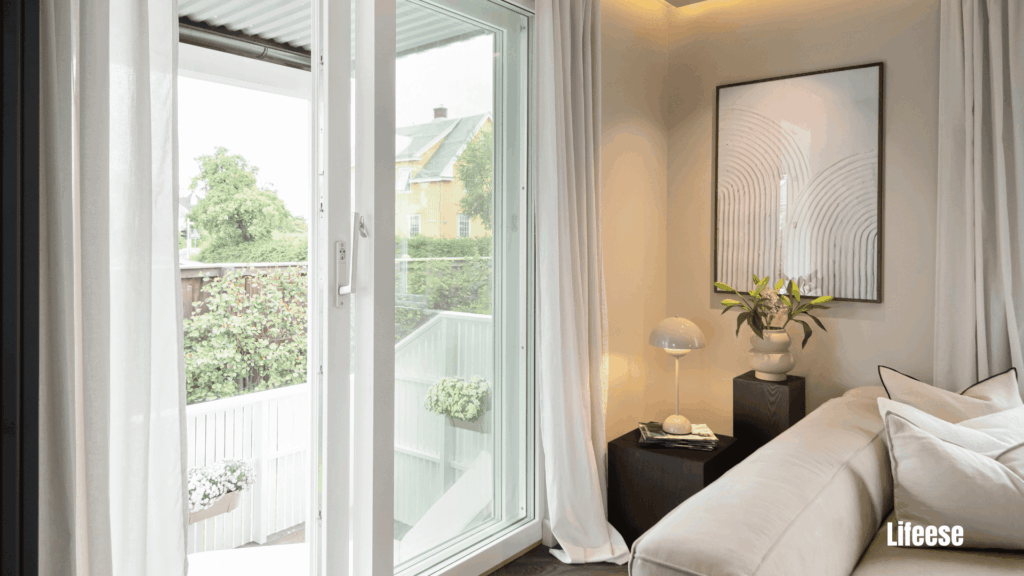
Sliding barn doors have evolved beyond the rustic stereotype. Designers now blend them seamlessly with modern interiors.
- Minimalist homes: Choose frameless glass doors to maintain visual openness.
- Industrial lofts: Combine black steel frames with exposed brick walls.
- Smart homes: Integrate automated sliding mechanisms for convenience.
Lighting also plays a huge role—install track lights above the door or accent lights to highlight textures. Complementary décor elements like modern art or natural plants complete the aesthetic balance.
Maintenance and Care for Long-Lasting Performance
To preserve both beauty and performance, follow a simple maintenance routine:
- Wipe tracks regularly to remove dust and debris.
- Lubricate rollers every six months for smooth gliding.
- Tighten loose screws and check alignment periodically.
- Use mild cleaners on wood or glass surfaces to avoid damage.
Protect wooden finishes with occasional sealing or waxing. For glass doors, use ammonia-free cleaners to maintain clarity. Proper care ensures your barn door remains a centerpiece for years to come.
Sliding Barn Door Interior Ideas for Every Home Style
Whether you live in a countryside cottage or a city loft, there’s a barn door style for you:
| Style | Material | Recommended Finish |
|---|---|---|
| Farmhouse | Reclaimed wood | Weathered oak or whitewash |
| Industrial | Metal & wood | Black matte or gunmetal |
| Coastal | Light wood or rattan | White or pastel blue |
| Bohemian | Painted or carved wood | Bright colors or patterns |
| Luxury Modern | Glass & steel | Polished chrome or gold |
Custom designs—like mirrored or laser-cut panels—add a high-end touch that personalizes your home.
Cost Factors and Budget Planning
The cost of a sliding barn door depends on several factors:
| Component | Average Cost (USD) |
|---|---|
| Door panel (wood/glass) | $200 – $800 |
| Hardware set | $100 – $400 |
| Professional installation | $150 – $500 |
| Custom design upgrade | $300 – $1,000+ |
To save money, consider DIY kits, reclaimed materials, or unfinished doors you can paint yourself. Yet, avoid compromising on hardware quality—it directly affects performance and longevity.
Sustainability and Eco-Friendly Design Options
Eco-conscious homeowners appreciate that barn doors often reuse materials and minimize waste.
Sustainable choices include:
- Reclaimed wood from old barns or furniture.
- Low-VOC paints and sealants to improve indoor air quality.
- Hardware made from recycled metal alloys.
These options not only reduce your carbon footprint but also enhance the story and authenticity of your home. Sustainable design is no longer a trend—it’s a lifestyle choice that adds both value and virtue.
Common Problems and Troubleshooting Tips
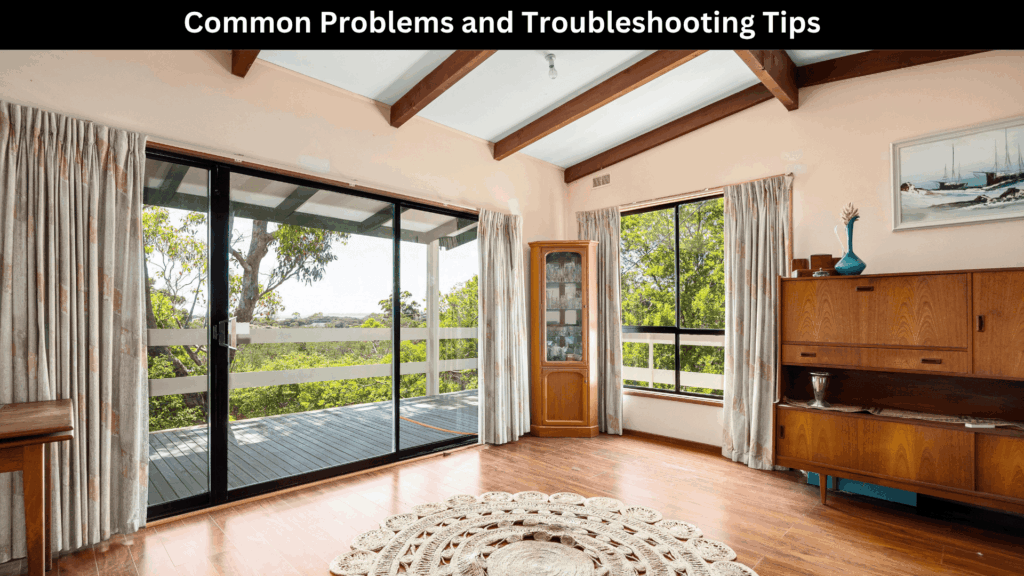
Even the best doors may need occasional attention.
Common issues:
- Door won’t glide smoothly: Clean and lubricate the track.
- Noise while sliding: Check for loose rollers or debris.
- Misalignment: Adjust mounting brackets and guides.
- Warping (wood doors): Control humidity and use sealants.
Simple maintenance steps resolve most issues quickly, ensuring consistent performance and safety.
FAQs
Can sliding barn doors be soundproof?
Partially. Using thicker doors with weather stripping reduces sound transfer.
What’s the best wood for indoor barn doors?
Oak, pine, and maple are durable and aesthetically versatile options.
Are sliding barn doors suitable for bathrooms?
Yes—just ensure privacy with frosted or opaque glass and proper sealing.
How much space do I need for installation?
You need wall space at least as wide as your door for full movement.
Can barn doors be automated or motorized?
Absolutely. Motorized track systems allow remote or smart-home operation.
How do I match my barn door to my décor?
Choose complementary colors, textures, and hardware that echo your home’s style.
Conclusion
The Sliding Barn Door Interior concept is more than a passing design trend—it’s a celebration of form meeting function. These doors bring warmth, versatility, and visual depth to any home. From compact apartments to sprawling houses, they redefine how we perceive space and style.
By choosing quality materials, proper installation, and thoughtful design, you can transform an ordinary doorway into a timeless statement piece. Sliding barn doors prove that the simplest design innovations often make the most dramatic impact.

